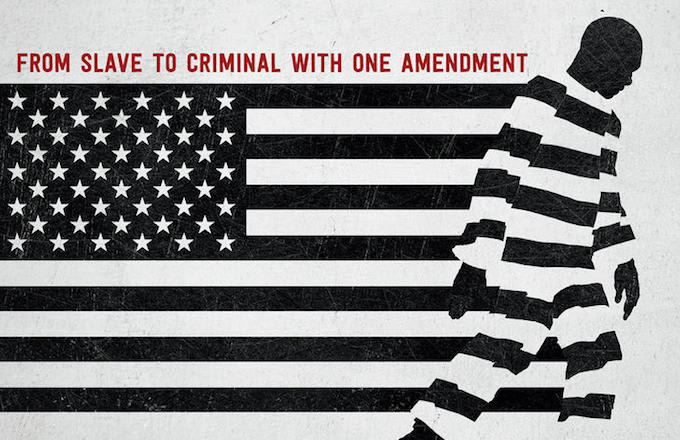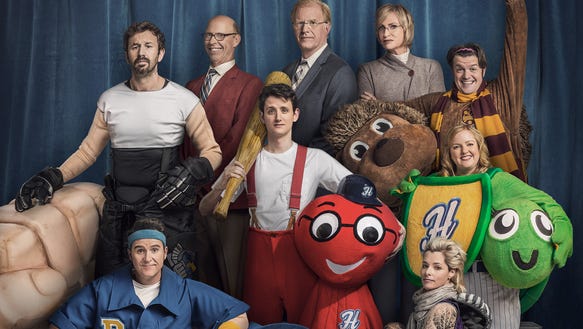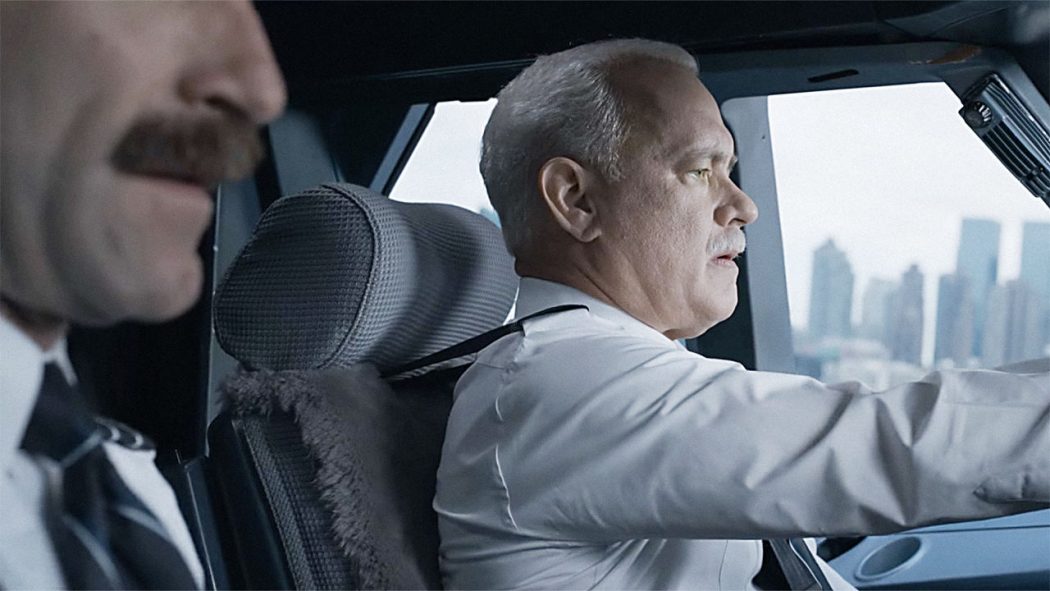With his second feature “Nocturnal Animals, fashion designer
Tom Ford tackles the very things that inspires great art and how the different people
in our lives leave impressions that help form our creative responses. This is a
lofty theme and with his adaptation of Austin Wright’s novel “Tony and Susan”
Ford compares and contrasts two different genres and two different styles of
visual filmmaking to comment on the formation the art and storytelling itself.
Amy Adams plays Susan Marrow, an icy and disconnected art
curator who’s married to a traveling trophy husband named Hutton (Armie Hammer). While Hutton is away on a clumsily obvious
secret trip with his mistress, Susan receives a manuscript for a novel written
by her ex-husband Tony Hastings (Jake Gyllenhaal). The book comes with a note
about how the how the story was inspired by their turbulent history. The film
then visualizes the contents of Tony’s book, in where Gyllenhaal also plays the
main character of Tony’s Novel Edward Scheffeild. Edward is an easily
frightened man who loses his wife and daughter to a gang of drunk rednecks after
being forced off a West-Texas road after a car chase in the middle of the
night. He seeks to punish these men with a rogue desert detective named Bobby Andels
(Michael Shannon), a man of few words who no longer fears losing his job or his
life to do the right thing.
The film opens on an
audience-testing slow-motion sequence where morbidly obese elderly women are
shown dancing seductively to the movie’s melodramatic stringed score. This
title sequence lingers on close-ups of sagging body parts before revealing
these women are part of art exhibition curated by Adam’s dispossessed
character. The mix between the grotesque the gorgeous permeates Ford’s every narrative
and aesthetic choice here. The framing device about Susan rediscovering her
young and complicated passion with the struggling writer of her post-college
years is couched in the story to represent the ‘real-world.’ Yet the painfully
stilted dialogue, the intentionally cold and bloodless performances within
these scenes and the careful framing of Ford’s modern-art Los Angeles
set-design presents a less relatable world than what is represented in the
scenes depicting Tony’s pulpy and hyper-violent western/thriller manuscript.
With this strange juxtaposition, Ford tries to make the
argument that success and wealth stifles creative expression by cutting the
artists away from humanity, and in doing so, he proves his own point by
constructing a film that is stifled by battling creative agendas. The two
stories are supposed to be symbiotic and analogous but the movie lacks the
necessary connective tissue to develop either story past their highly-stylized
surfaces. Though pulpy and overly-treaded genre territory, the Coen
Brothers-esq manuscript segments are far more engaging and impactful than the
sterile soap-opera framing plot, which resembles the high-art sleaze of the 60s
and 70s Italian filmmakers, as filtered through the steely cynicism of “Dead Ringers”
era David Cronenberg. The two styles constantly trip over each other as the
film cuts between them and their intended symbolic relationship reveals a
disappointingly shallow connection.
“Nocturnal Animals” is filled with a lot of style and the
structure of the story attacks character-motivations and themes in a
challenging and indirect way. This is a laudable storytelling approach, but it
fails to meet those challenges in a way that doesn’t seem overly self-conscious
and ill-considered by the director. Gyllenhaal gives two great performances and
Michael Shannon does what he’s made a career of doing and gives the best
performance in a problematic movie.
Adams is almost denied an emotional reality so that she can act as a
vessel by which the movie’s (unintentional?) misogyny is accounted for. What makes the film all the more frustrating
is that its ambitions are the cause of its own failure.
Grade: C
Originally Published in the Idaho State Journal/Dec-2016
Listen to this week's episode of Jabber and the Drone to hear more conversation about "Nocturnal Animals."
Listen to this week's episode of Jabber and the Drone to hear more conversation about "Nocturnal Animals."


















